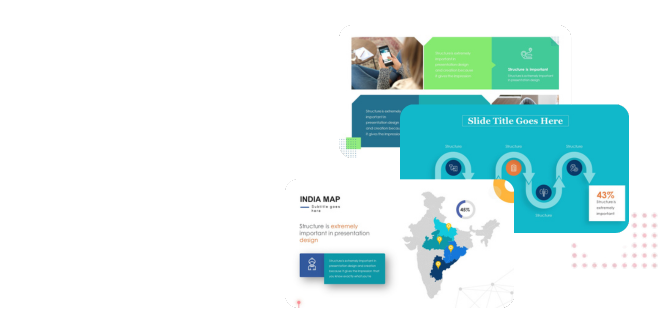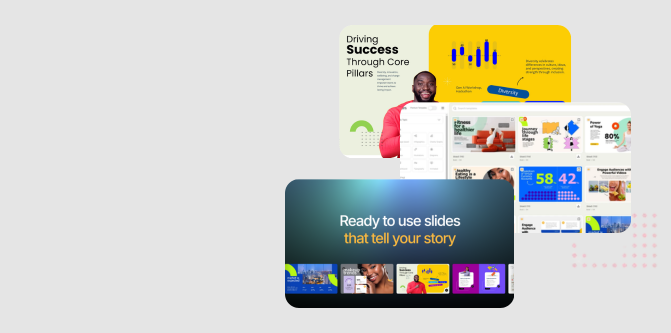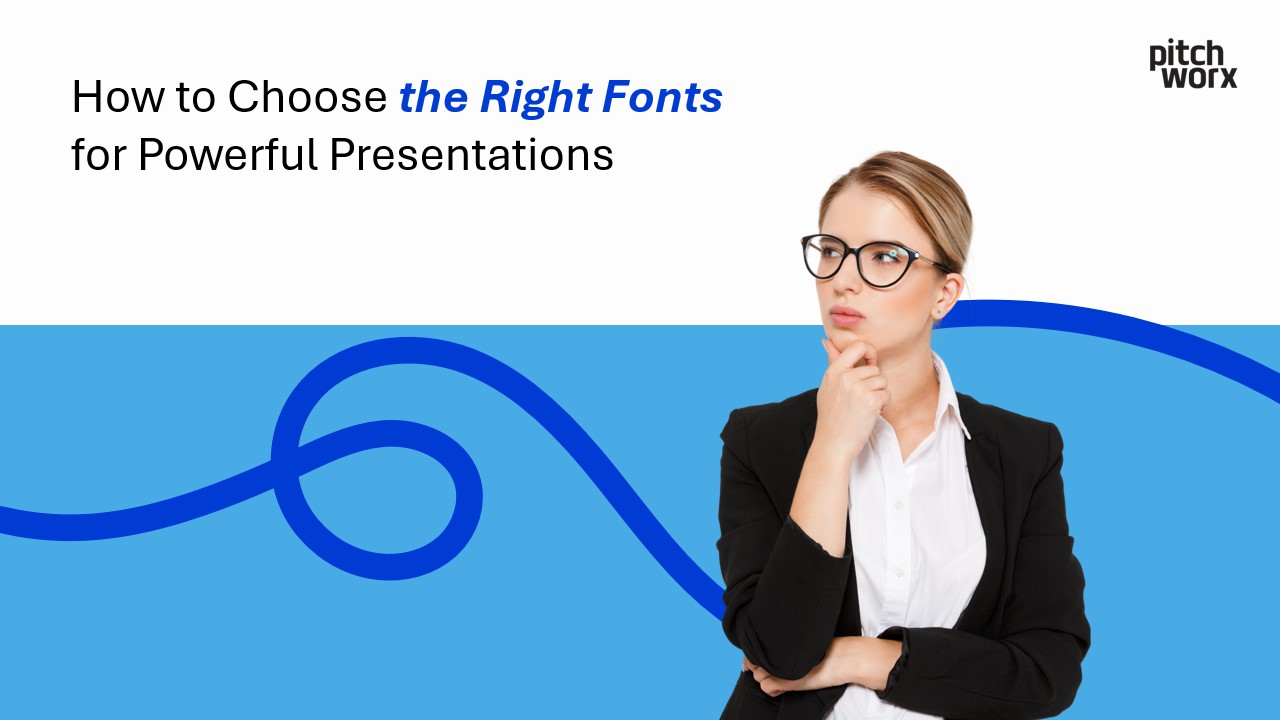Great presentations do more than share information. They spark curiosity, drive decisions, and stay memorable long after the meeting ends. The secret behind many captivating slides? Typography. When you pick fonts wisely, your message becomes clearer and your audience is far more likely to stay engaged.
This ultimate guide unpacks the essentials of choosing the right fonts for your next presentation. You’ll learn the differences between font types, how to make strategic choices, the best online tools, and proven best practices. See how typography can make (or break) a presentation—with real-world case studies from brands who nailed their message.
Why Typography Should Lead Your Presentation Design
Typography isn’t just about looking pretty. Fonts signal meaning, set the mood, and even shape how an audience understands your ideas. A report by Google found that users form their first impression of a website’s design in just 50 milliseconds. The same is true when someone sees your slides. If your text looks rushed or messy, viewers may tune out before you start.
Strong font choices:
- Make information easier to read and absorb
- Reinforce your brand identity
- Highlight hierarchy and guide the eye
- Instantly elevate professional credibility
That’s why investing in thoughtful typography is a must for presenters, designers, students, managers, and anyone looking to stand out in a pitch or classroom.
Understanding Font Types
Fonts are as diverse as the stories you tell. Here’s a breakdown of the four major font categories, with tips on when to use each.
Serif Fonts
What they are: Serif fonts have small lines (serifs) attached to the ends of their letters. Examples include Times New Roman, Georgia, and Merriweather.
Best for: Formal, academic, or traditional settings. Serifs are often used in business proposals, annual reports, or when you want to project authority and trust.
Why choose them: These fonts help guide the eye smoothly across lines, especially in print or long slides of text. But beware—from a distance, fine serifs might get fuzzy on lower-resolution projectors.
Sans-Serif Fonts
What they are: “Sans” means “without” in French, so these fonts skip the extra flourishes. Well-known examples include Arial, Helvetica, Open Sans, and Calibri.
Best for: Digital screens and modern brands. Sans-serif fonts are clean, simple, and legible at any size, making them perfect for titles, bullet points, and most presentation content.
Why choose them: Their clarity and versatility shine on projectors, monitors, and smartphones alike.
Display Fonts
What they are: Display, decorative, or headline fonts are designed to grab attention. Think Lobster, Impact, or Bangers.
Best for: Titles, callouts, and intro slides. Use display fonts to add personality to a single word or short phrase.
Why use with caution: Display fonts are NOT meant for body text. Overuse can overwhelm or distract.
Script Fonts
What they are: Mimicking cursive handwriting, script fonts inject elegance and flair. Examples include Pacifico, Great Vibes, and Brush Script.
Best for: Quotes, invitations, or slides that call for a softer, creative feel.
Watch out for: Script fonts are difficult to read in paragraphs or small sizes. Save them for strategic splash moments only.
Choosing the Right Fonts for Your Audience and Purpose
Picking great fonts is a blend of strategy and art. Here’s how to do it right:
Consider Your Brand and Audience
- Brand alignment: If your company uses family-friendly branding, something like Comic Sans (despite its reputation) may fit. Tech startups might gravitate toward geometric sans-serifs like Roboto or Montserrat, while a law firm will likely prefer classic serifs.
- Audience needs: Will your viewers be at the back of a large room? Are they younger or older? Do they have specific accessibility needs? Opt for high-contrast, legible fonts when in doubt.
Ensure Readability on Screen
- Test in your setting: Fonts that look sharp on laptops can blur on older projectors or in bright rooms.
- Simple beats ornate: Decorative type may get lost at small sizes or in poorly lit spaces.
Limit the Number of Fonts
Two is usually enough. Pair one font for headings and another for body text. Any more can lead to visual chaos.
Popular Font Pairings
- Playfair Display (header) + Lato (body)
- Bebas Neue (header) + Open Sans (body)
- Merriweather (header) + Roboto (body)
Test Font Pairings for Visual Harmony
Mixing fonts is like pairing wine and cheese. Seek contrast, but not so much that slides feel disjointed. Avoid two similar sans-serifs, which may look accidentally mismatched.
Tools and Resources Every Presenter Should Bookmark
Digital design makes font exploration accessible (and often free). Here’s where to start:
Online Font Libraries
- Google Fonts: Free, open source, and easy to use for web and slides.
- Adobe Fonts: Premium typefaces for Creative Cloud users.
- Font Squirrel: Quality, hand-picked free fonts.
Font Pairing Tools
- Fontjoy: Generates beautiful font pairings using AI.
- Canva Font Combinations: User-friendly, with instant previews.
- Typewolf: Inspiring font pair lists and trending options.
Professional Support
If you need a deck that truly stands out, consider expert services like Pitchworx presentation design. Agencies blend typography, color, visuals, and storytelling, handling everything from scratch or giving tired slides a fresh new look.
Best Practices for Flawless Font Use
Font Size Considerations
- Headline fonts: 36–48 pt or larger
- Body text: 24–32 pt is safe for most rooms
- Small print: Avoid less than 18 pt
Err on the side of too big rather than too small. If you need to shrink text to fit, your slide has too much on it.
Use Hierarchy with Fonts
- Establish structure: Headings, subheadings, and body content should differ in size, weight, or style.
- Bolding or color: Make vital info stand out.
Staying Consistent
- Use the same heading and body font across all slides.
- Stick to chosen colors and sizing to avoid a jarring or amateurish feel.
- Use slide masters or templates for reliable consistency.
Case Studies: Typography That Works (and What to Avoid)
Effective Presentation Typography
Pitchworx’s CSF Education Reform Deck
- Fonts: Used a bold sans-serif for headers and a clean, readable sans-serif for content.
- Impact: Clear hierarchy, strong visual flow, and accessibility ensured all stakeholders could easily absorb key data.
- Results: Improved stakeholder engagement and recall, with feedback praising the deck’s professionalism and clarity.
Craft Juices Brand Deck
- Fonts: Paired a playful display font for slide titles with a functional sans-serif for product descriptions.
- Impact: Elevated the premium, friendly brand feel while ensuring every detail was digestible at a glance.
Poor Typography Examples
Overuse of Script or Display Fonts
- Multiple highly stylized fonts in every section distracted from the actual message. Viewers remembered the zany font more than the data.
Tiny Text and Clashing Colors
- Dark blue text on black backgrounds at 12 pt left the back of the room squinting. Retention plummeted.
These mistakes highlight why font choices can make or break your message. Even excellent data gets ignored when typography is neglected.
Bring Your Slides to Life With Confident Font Choices
Investing in typography transforms presentations from dull data dumps into clear, confident stories. Here’s a quick recap of how to choose (and use) fonts that engage and impress:
- Know your audience and align with your brand.
- Limit your fonts and always prioritize readability.
- Use digital tools to test and pair fonts before you finalize slides.
- Stick with large sizes and clear hierarchies.
- Build consistency in every deck.
Don’t settle for average when your message deserves impact. If you want professional, memorable presentations, Pitchworx offers end-to-end design—from font choices to animation. See your slides through expert eyes and wow every audience, every time.










